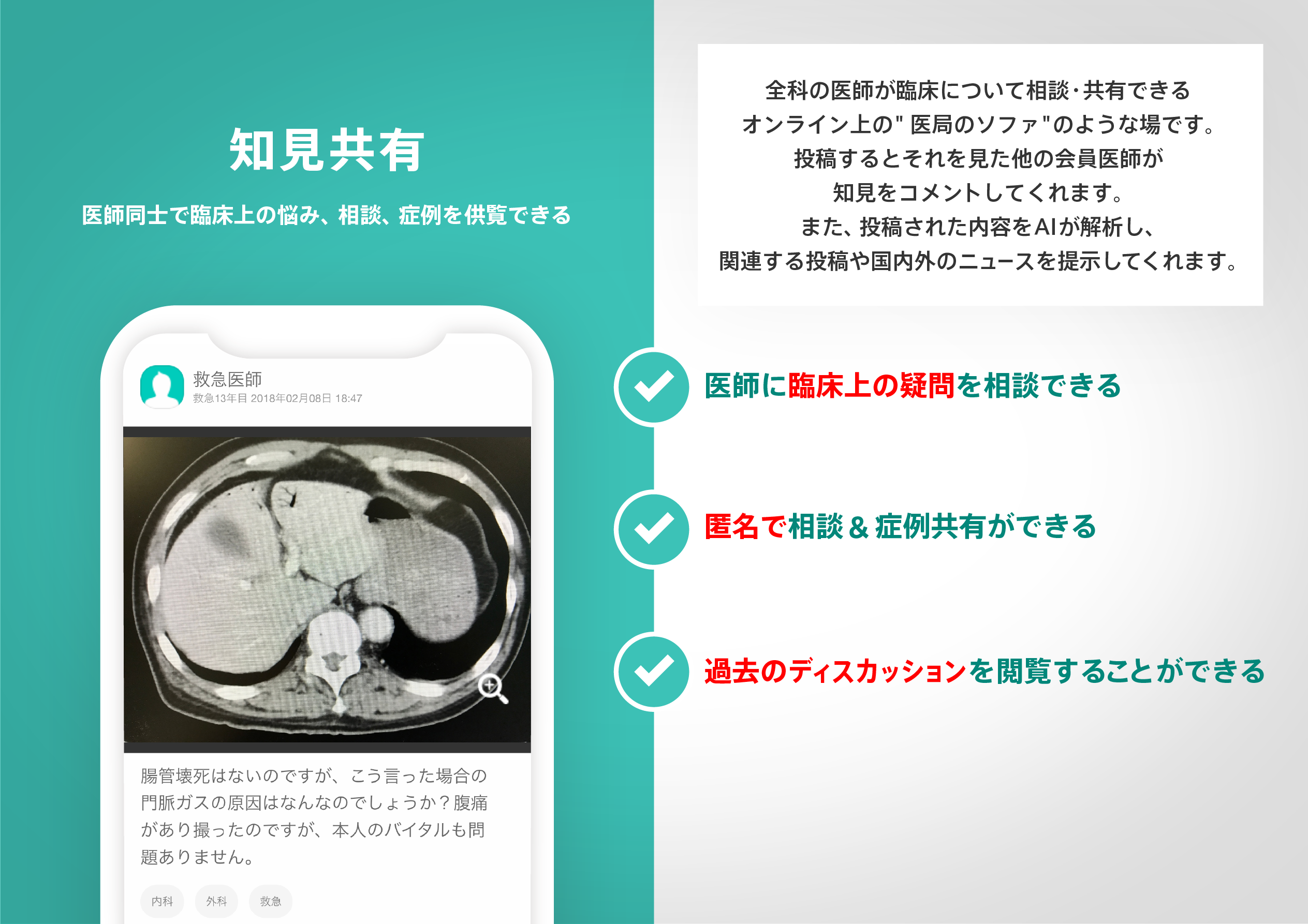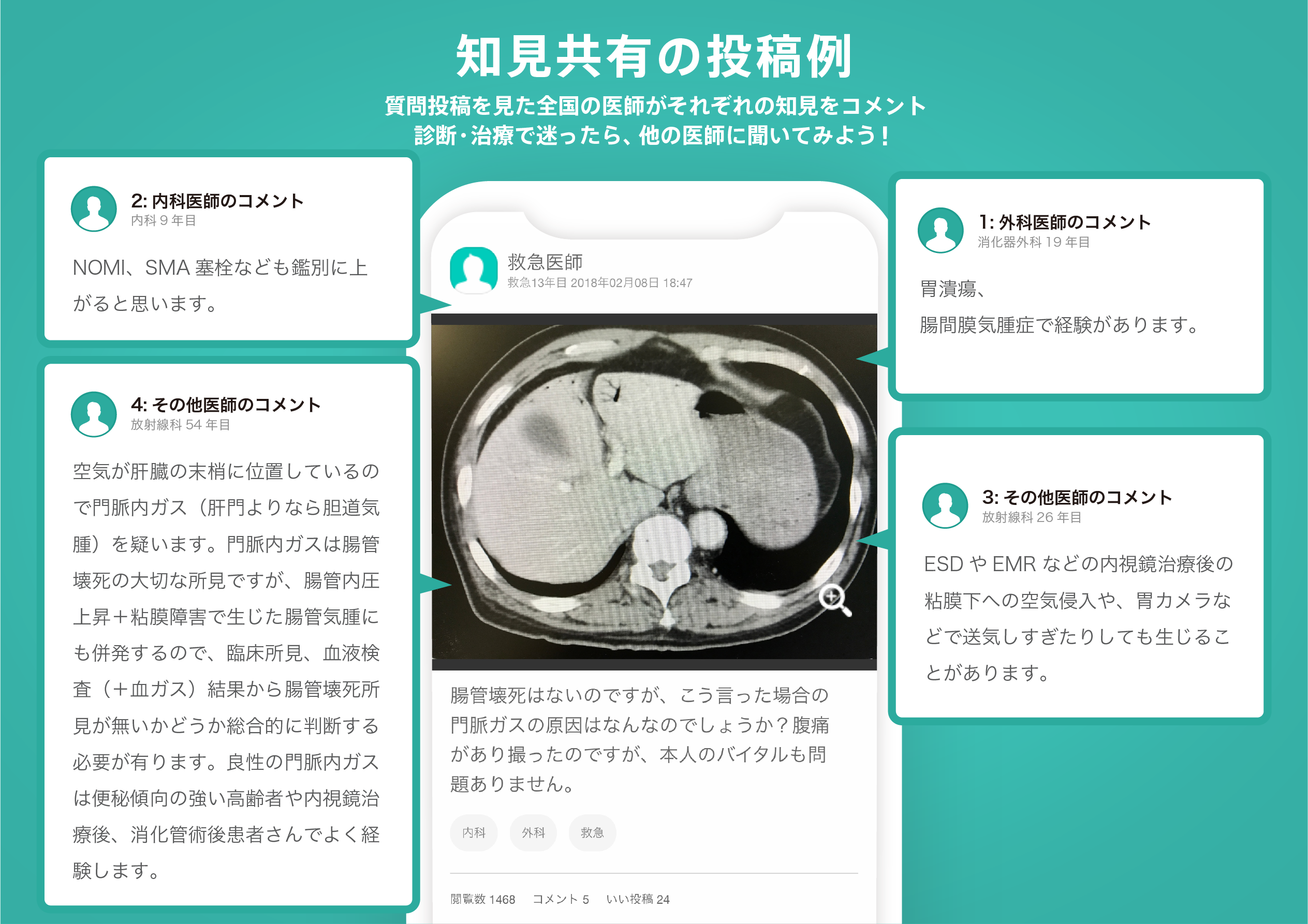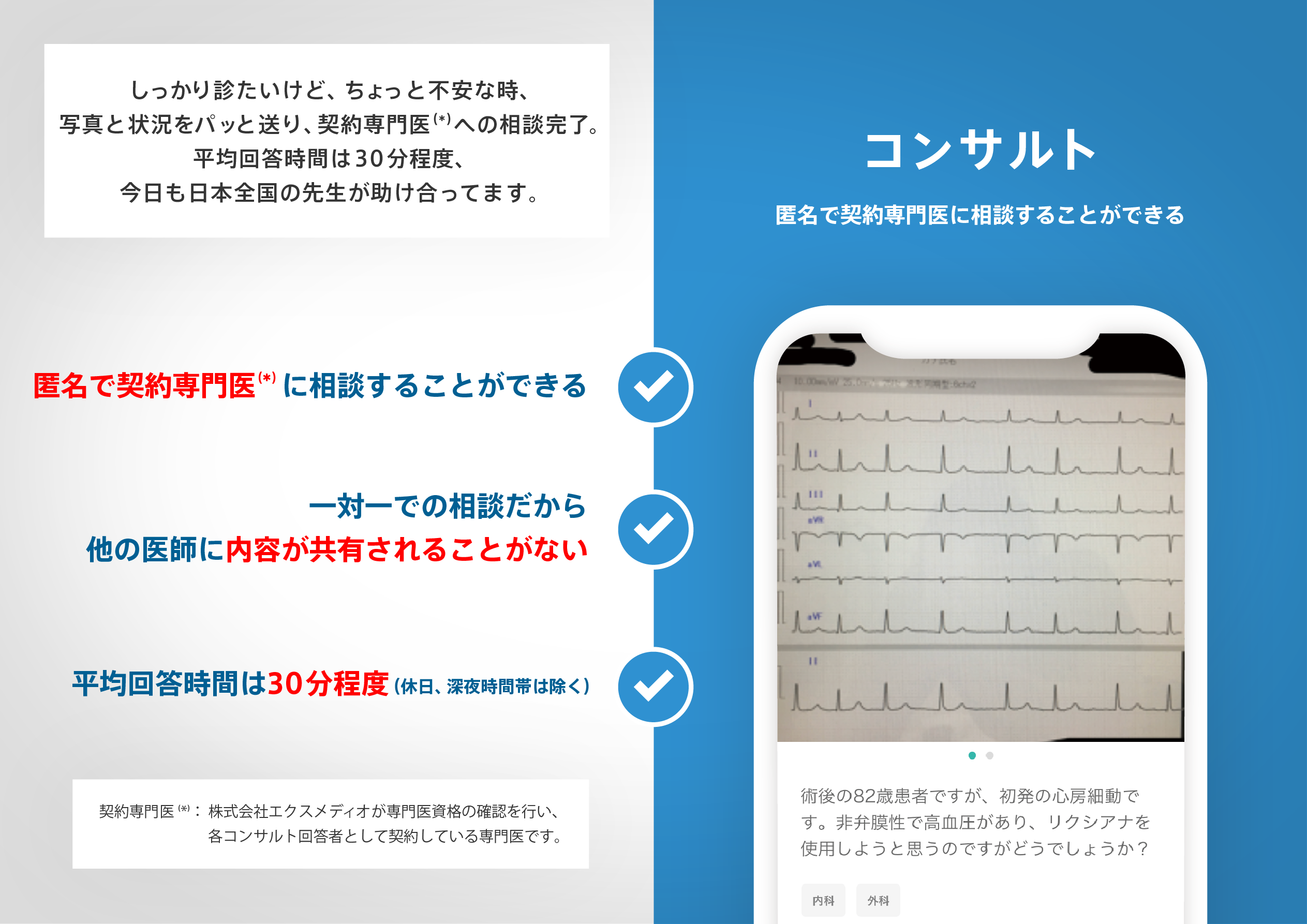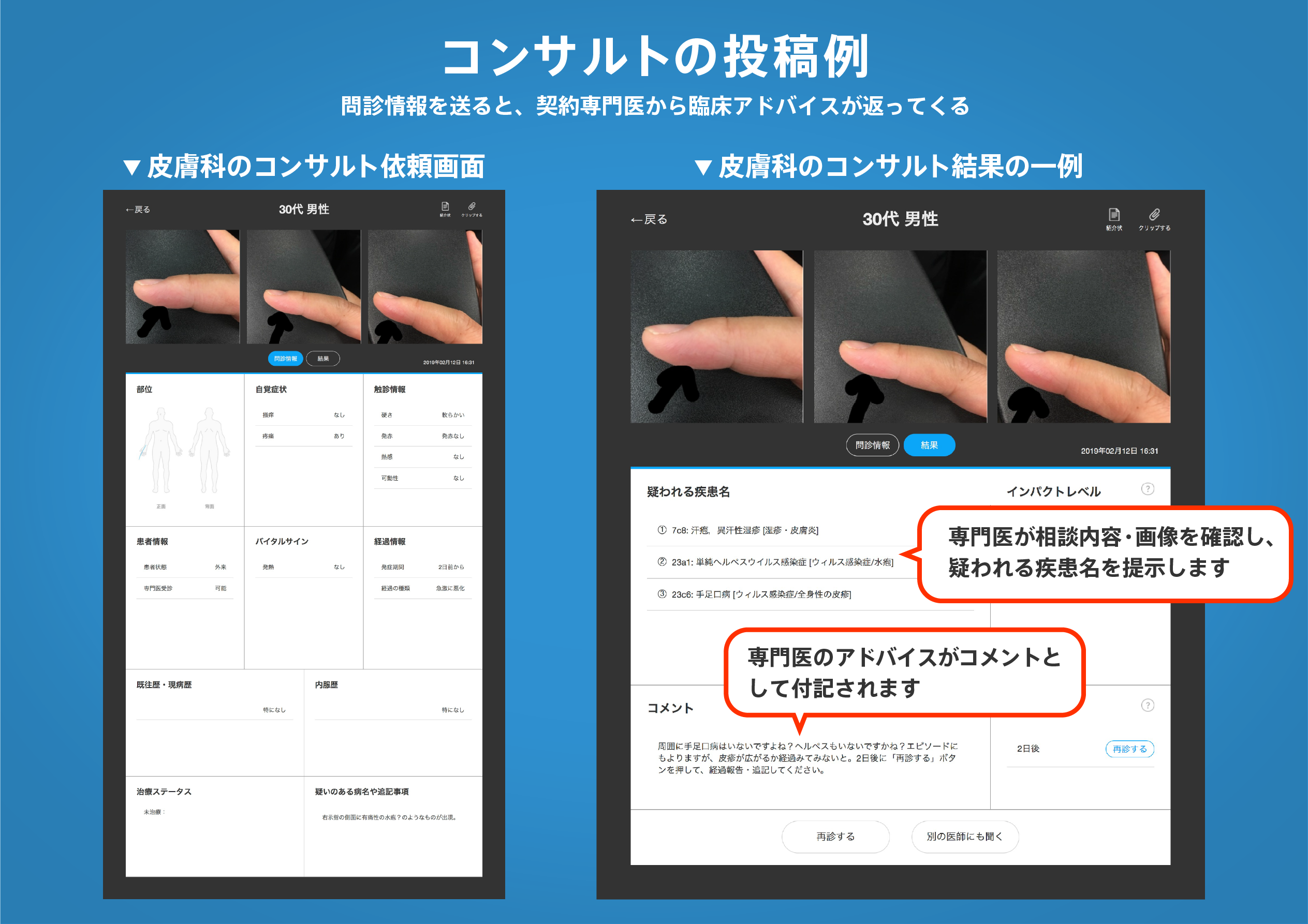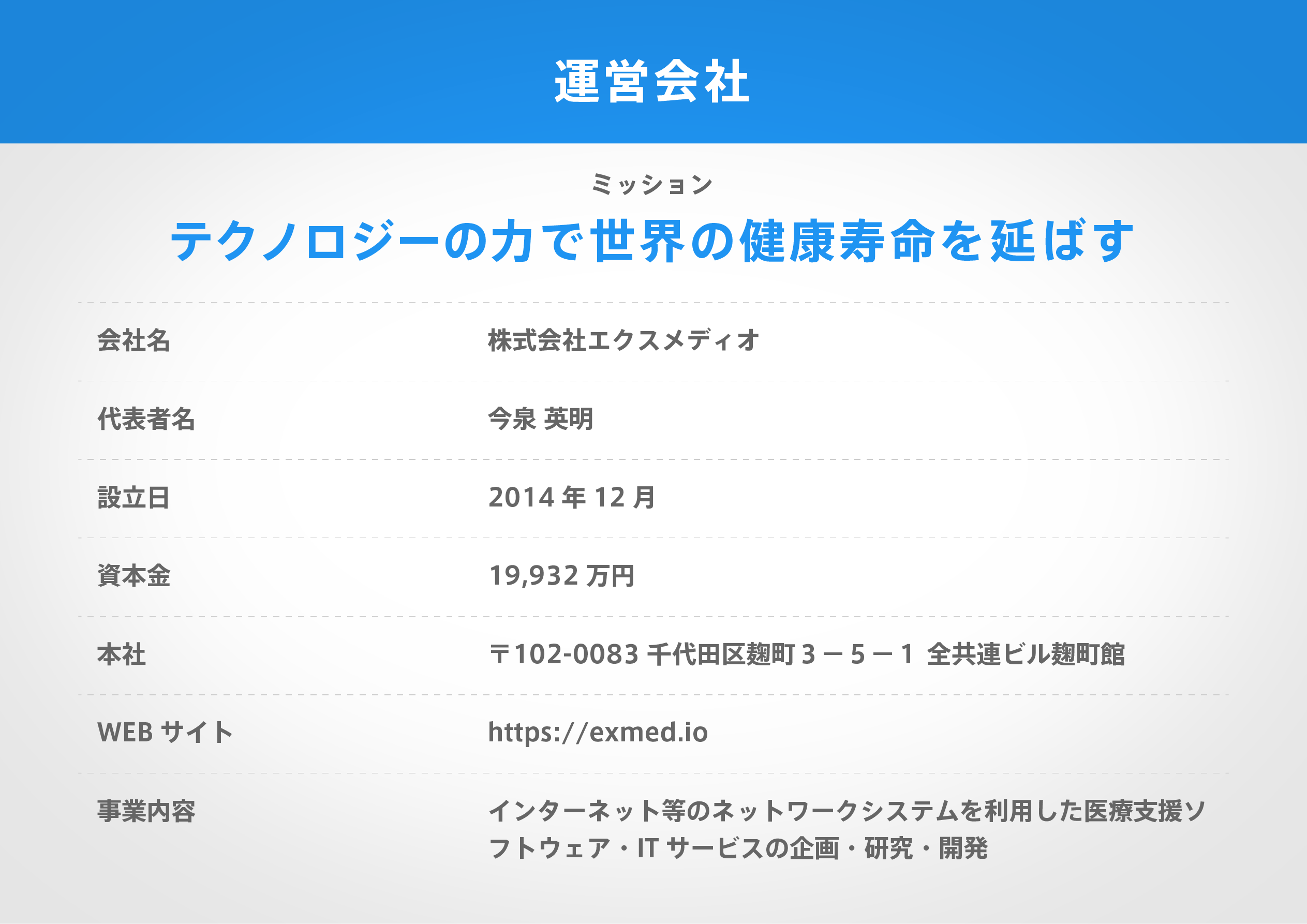著名医師による解説が無料で読めます
すると翻訳の精度が向上します
Polatuzumab Vedotin(POLA)は、B細胞抗原CD79Bを標的とし、モノメチルアウリスタチンE(MMAE)を供給する抗体薬物コンジュゲートです。再発/難治性拡散大型B細胞リンパ腫(R/R DLBCL)のために、ベンダムスチンとリツキシマブ(RIT)と組み合わせて承認されています。DLBCLの治療のための重要な要素であるRITとのPOLA併用療法の分子基盤を理解することは、R/R DLBCLに対する効果的な治療戦略を確立するために重要です。ここでは、POLAとPola-refractory細胞を使用したPOLAとRITの組み合わせの理論的根拠を調べました。POLAでの治療により、CD20の発現が増加し、いくつかのPola-refractory細胞におけるRIT誘導補体依存性細胞毒性(CDC)に対する感度が増加することがわかりました。POLA処理により、AKTとERKのリン酸化が増加し、AKTおよびMEK特異的阻害剤の両方がCD20およびCDC感受性のPOLA誘発性の増加を減衰させ、この組み合わせ効果にこれらのリン酸化イベントが必要であることを示唆しています。抗CD79B抗体はAktのリン酸化を増加させたが、ERKのリン酸化を阻害することが明らかになりました。対照的に、MMAEはERKのリン酸化を増強しましたが、Aktのリン酸化をわずかに減衰させました。Polaはまた、Pola-refractory異種移植腫瘍でのCD20発現を増加させ、RITと組み合わせて抗腫瘍活性を有意に強化しました。結論として、これらの結果は、Pola Plus RITの組み合わせの新しい理論的根拠を提供する可能性があります。
Polatuzumab Vedotin(POLA)は、B細胞抗原CD79Bを標的とし、モノメチルアウリスタチンE(MMAE)を供給する抗体薬物コンジュゲートです。再発/難治性拡散大型B細胞リンパ腫(R/R DLBCL)のために、ベンダムスチンとリツキシマブ(RIT)と組み合わせて承認されています。DLBCLの治療のための重要な要素であるRITとのPOLA併用療法の分子基盤を理解することは、R/R DLBCLに対する効果的な治療戦略を確立するために重要です。ここでは、POLAとPola-refractory細胞を使用したPOLAとRITの組み合わせの理論的根拠を調べました。POLAでの治療により、CD20の発現が増加し、いくつかのPola-refractory細胞におけるRIT誘導補体依存性細胞毒性(CDC)に対する感度が増加することがわかりました。POLA処理により、AKTとERKのリン酸化が増加し、AKTおよびMEK特異的阻害剤の両方がCD20およびCDC感受性のPOLA誘発性の増加を減衰させ、この組み合わせ効果にこれらのリン酸化イベントが必要であることを示唆しています。抗CD79B抗体はAktのリン酸化を増加させたが、ERKのリン酸化を阻害することが明らかになりました。対照的に、MMAEはERKのリン酸化を増強しましたが、Aktのリン酸化をわずかに減衰させました。Polaはまた、Pola-refractory異種移植腫瘍でのCD20発現を増加させ、RITと組み合わせて抗腫瘍活性を有意に強化しました。結論として、これらの結果は、Pola Plus RITの組み合わせの新しい理論的根拠を提供する可能性があります。
Polatuzumab vedotin (Pola) is an antibody-drug conjugate that targets the B-cell antigen CD79b and delivers monomethyl auristatin E (MMAE). It is approved in combination with bendamustine and rituximab (Rit) for relapsed/refractory diffuse large B-cell lymphoma (r/r DLBCL). Understanding the molecular basis of Pola combination therapy with Rit, the key component for the treatment of DLBCL, is important to establish the effective treatment strategies against r/r DLBCL. Here, we examined the rationale for the combination of Pola with Rit using Pola-refractory cells. We found that treatment with Pola increased CD20 expression and sensitivity to Rit-induced complement-dependent cytotoxicity (CDC) in several Pola-refractory cells. Pola treatment increased phosphorylation of AKT and ERK and both AKT- and MEK-specific inhibitors attenuated the Pola-induced increase of CD20 and CDC sensitivity, suggesting that these phosphorylation events were required for this combination efficacy. It was revealed that anti-CD79b antibody increased the phosphorylation of AKT but inhibited the phosphorylation of ERK. In contrast, MMAE potentiated phosphorylation of ERK but slightly attenuated the phosphorylation of AKT. Pola also increased CD20 expression on Pola-refractory xenografted tumours and significantly enhanced antitumour activity in combination with Rit. In conclusion, these results could provide a novel rationale for the combination of Pola plus Rit.
医師のための臨床サポートサービス
ヒポクラ x マイナビのご紹介
無料会員登録していただくと、さらに便利で効率的な検索が可能になります。


